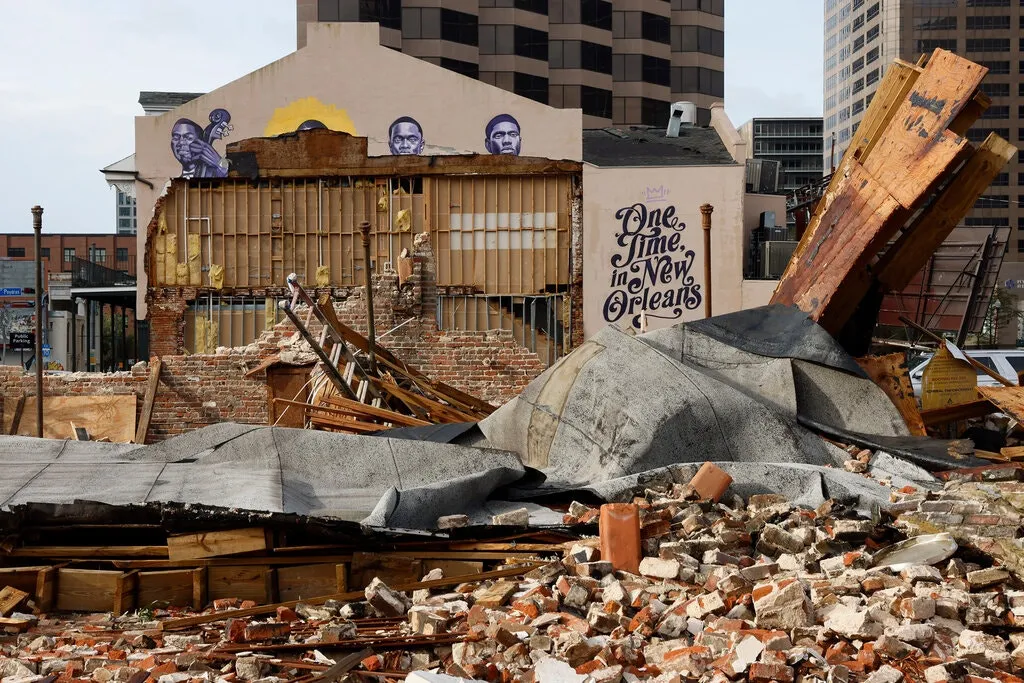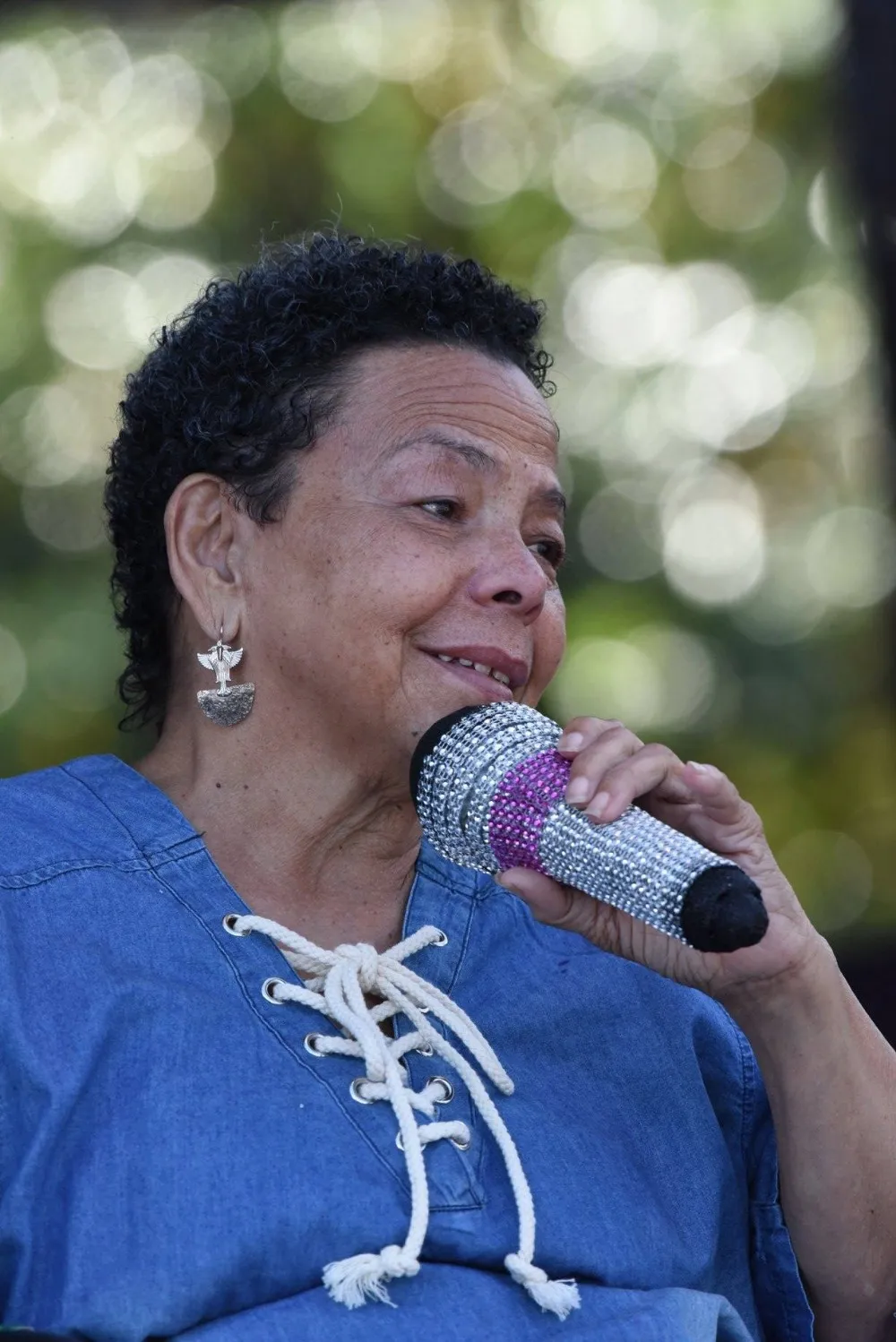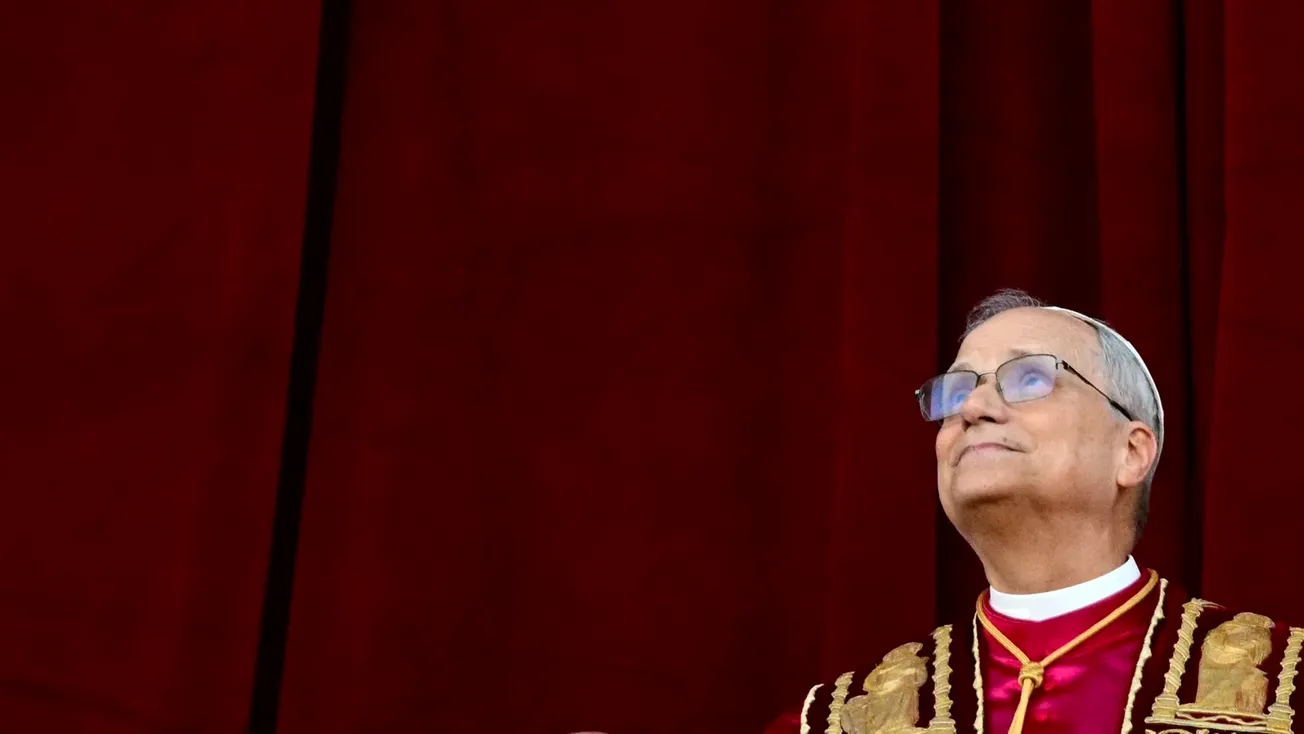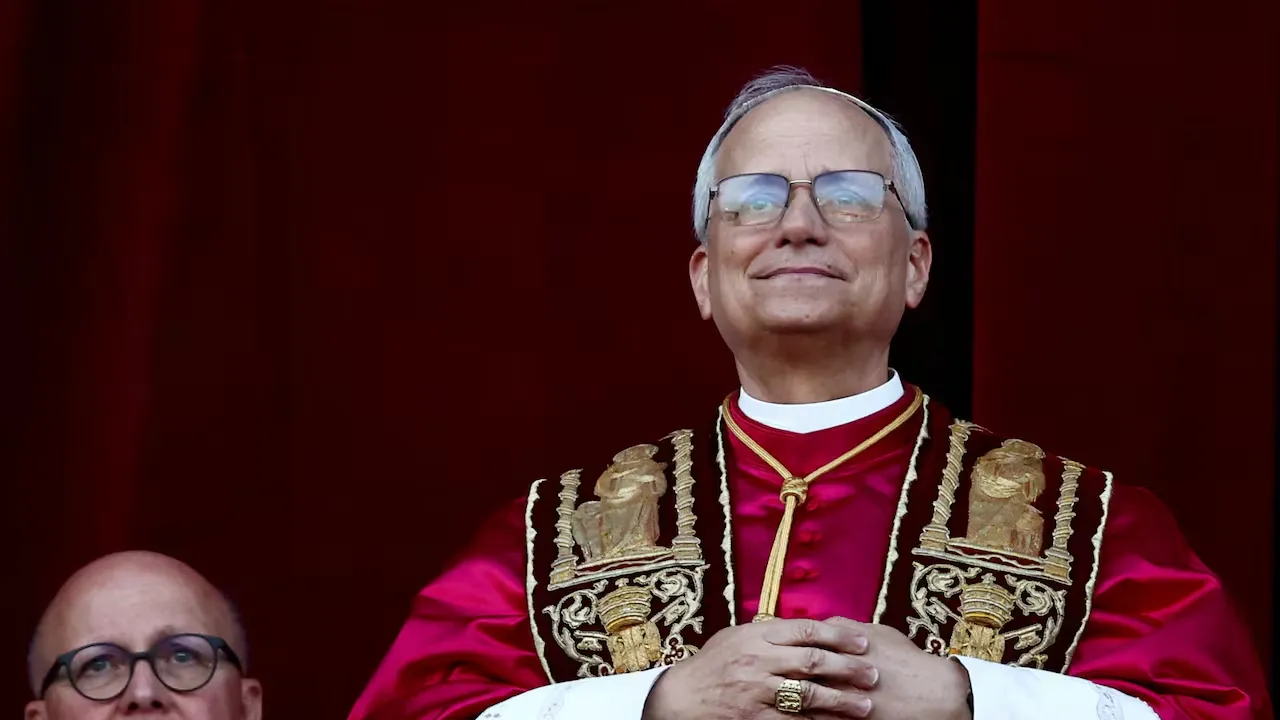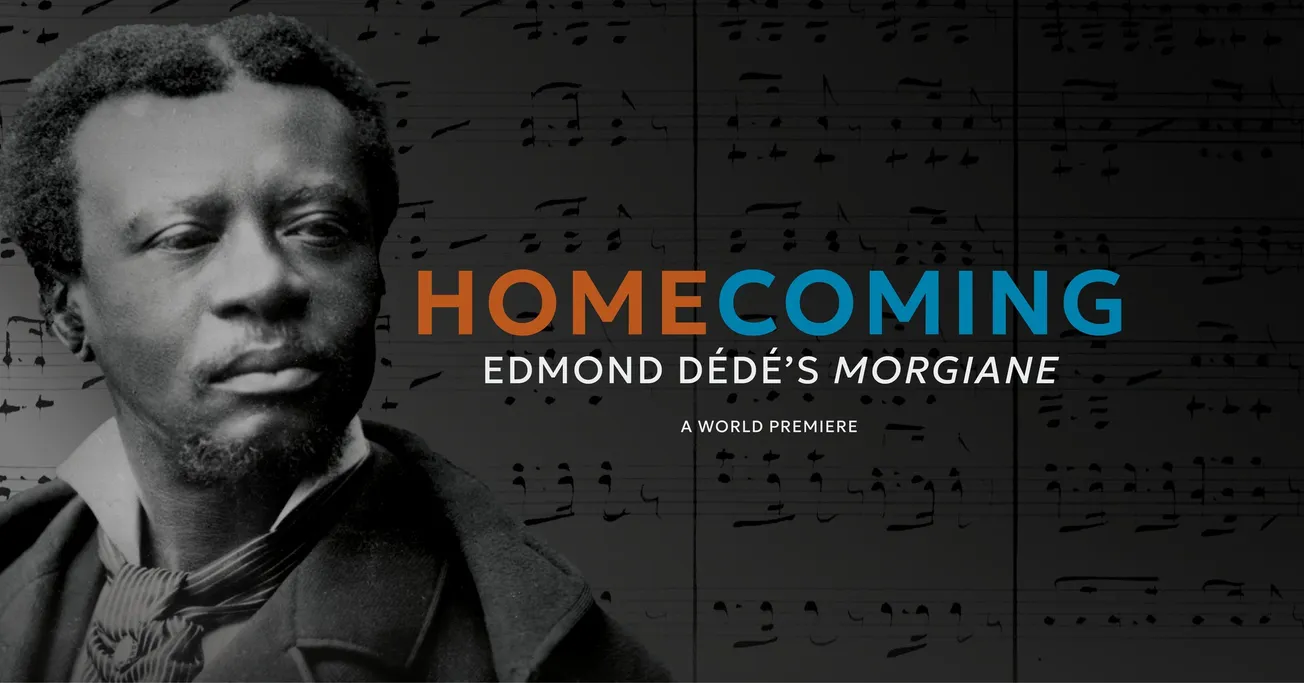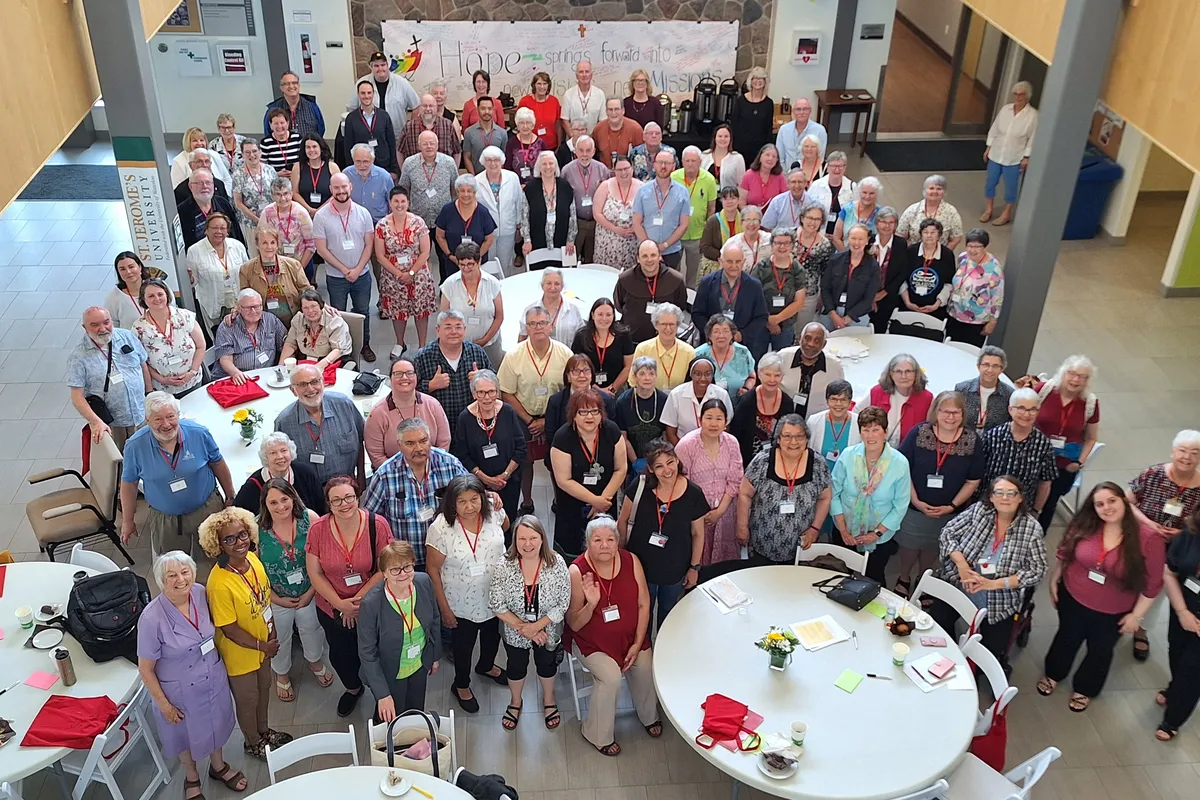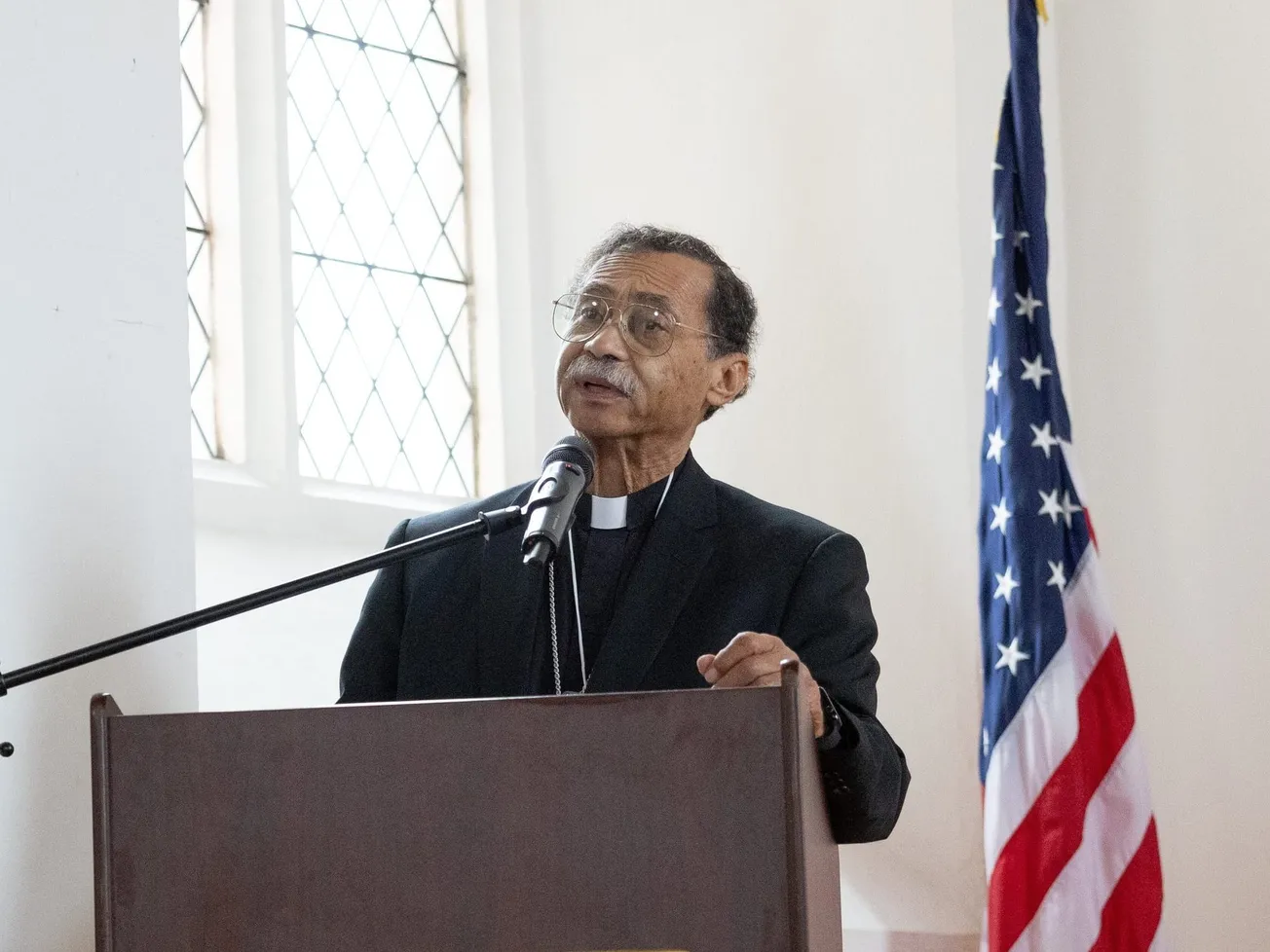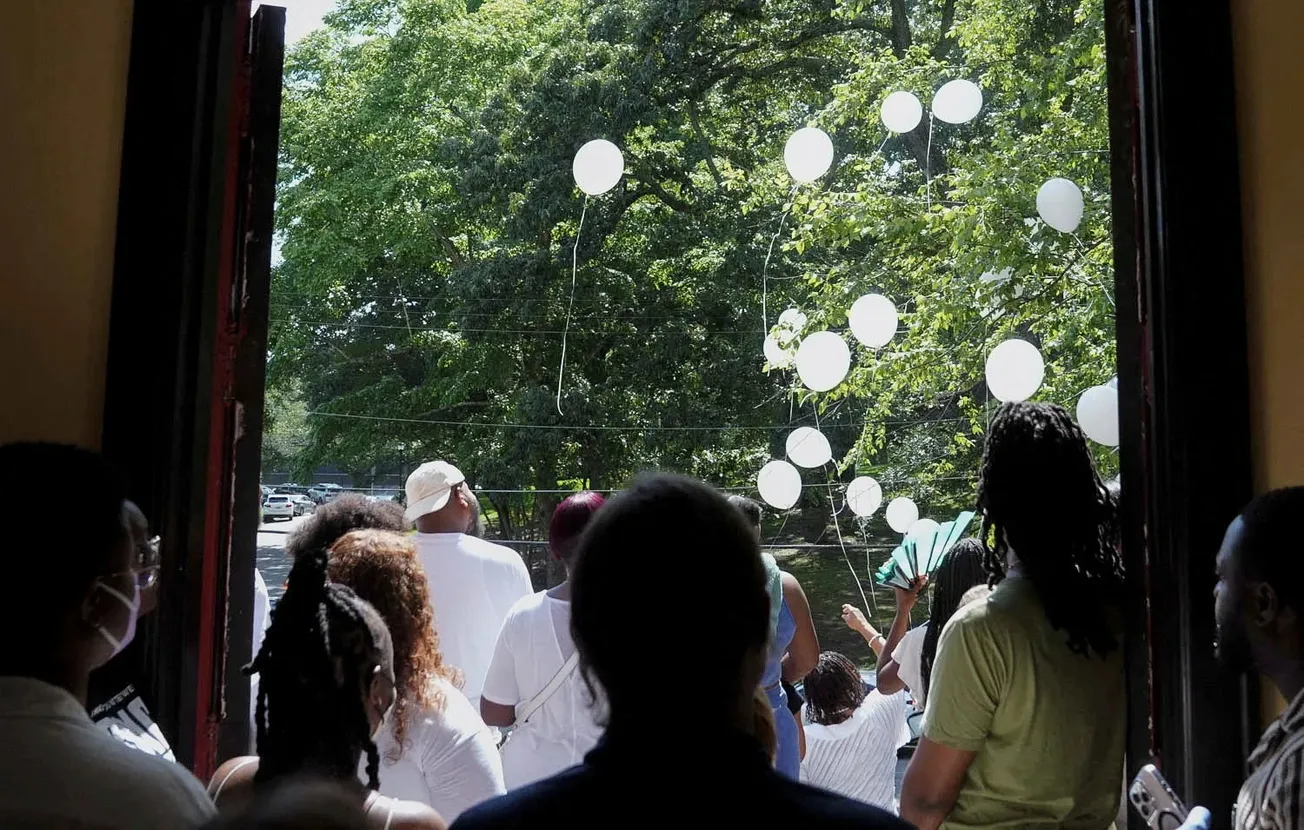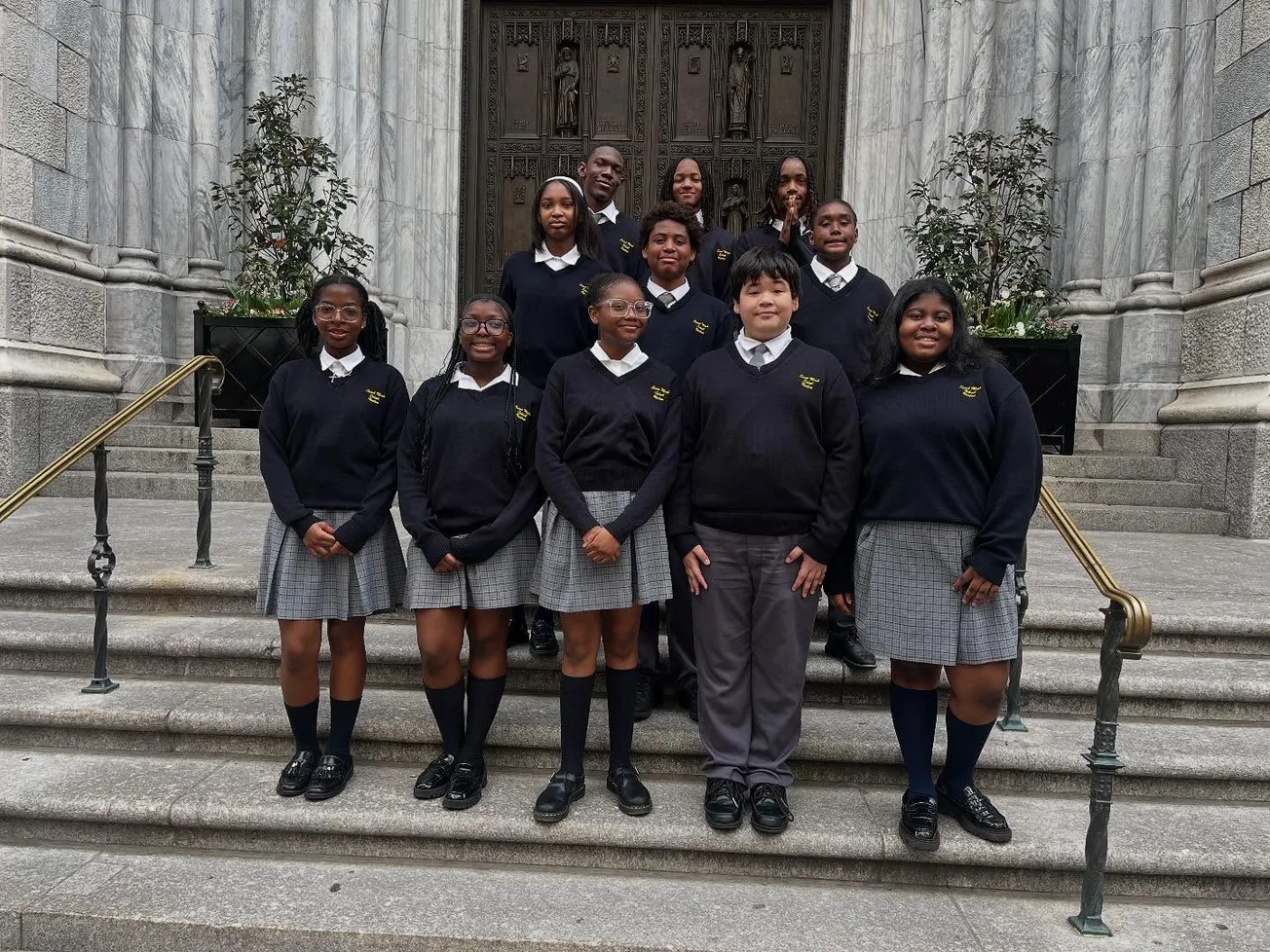On Sunday, August 29th—sixteen years to the day after Hurricane Katrina changed America forever—Hurricane Ida, one of the nation's most powerful storms ever, wreaked havoc on Gulf Coast, damaging buildings, flooding entire cities, and leaving thousands stranded at home or elsewhere.
It was the fifth-strongest hurricane in US history, making landfall in Louisiana as a Category 4 storm—the second-strongest measurement available—with up to 150mph winds and major storm surges.
Many evacuees then dealt with additional impacts of the storm as it moved northeast, causing catastrophic flooding as far north as the New York City metro, where 42 were confirmed dead as of Thursday evening. The storm claimed the lives of at least 16 in the Deep South.
Also among the losses were a number of pieces of Black Catholic history in New Orleans, elements crucial to the story of one of the country’s oldest and most historic cities. This came alongside damage to similar institutions in the region.
Karnofsky House (Louis Armstrong)
In the midst of the downpour during the storm, one of the first structures to be reported as destroyed was the Karnofsky House, located downtown in the Central Business District.
It was once the home of a Lithuanian Jewish couple who provided guidance and shelter to a young Louis Armstrong, including loaning him the money to buy his first cornet.
Their home, added to the National Register of Historic Places in 2002 and long-unrestored at the time of the storm, collapsed under the weight of rainwater that accumulated on the roof and failed to drain.
Based on this picture, it looks like the Karnofsky Music Store, one of the most important remaining historic Jazz sites in the city, has totally collapsed. https://t.co/6hnnpz6amE https://t.co/zDoaVuJQfj
— MaCCNO (@musicculture504) August 30, 2021
Armstrong also worked for the Karnofskys in the tailor shop located on the ground floor of the historic building, and sources say their influence on Armstrong was so great that he became fluent in Yiddish.
A more reliable fact is that Armstrong, a baptized Catholic, wore a Star of David necklace as an adult in honor of his former caretakers.
1811 Kid Ory Historic House
30 miles west, in one of the hardest-hit areas of the New Orleans metro, the home of Edward “Kid” Ory’s birth—and the birth of a nation—also took a beating, though it remains standing.
Born in 1886 on the Woodland Plantation, Ory was a famed trombonist, a seminal figure in the revival of New Orleans jazz during the mid 20th century. He was one of the first to use the note-sliding “glissando” technique—now seen as emblematic of New Orleans jazz—and was also an original member of Armstrong’s “Hot Five” band.
Like that of Armstrong, the home associated with Ory has become the subject of lore, including its use as a planning space for the 1811 German Coast Uprising, the largest slave revolt in US history—organized presumably by Black Catholics.
Also like Armstrong, Ory himself was Catholic, baptized at St Peter’s in Reserve, Louisiana.
Local media had reported on the house’s history as recently as a week ago, as earlier this year Ory historian John McCusker opened the 1811 Kid Ory Historic House on the property as a tribute to both legacies.
McCusker and the museum’s manager Charlotte Jones sheltered in the house during Ida, narrowly escaping death and saving countless artifacts from destruction—including Ory’s personal trombone.
They are now fundraising via advance ticket sales to recover from the damage.
We hope that @POTUS, @LouisianaGov, and local parish leaders will continue coordinating this immense recovery effort over the coming months. As a new museum focus on marginalized peoples, we hate that this is what put Laplace on the map, but here we are.
— 1811 Kid Ory Historic House (@1811KidOry) September 1, 2021
St Augustine Church
Back in New Orleans, at the Treme neighborhood’s St Augustine Catholic Church, the nation’s oldest Black parish, nearly lost one of its most prominent symbols.
The cross atop the church’s roof, already damaged from a previous hurricane, was badly bent by Ida, now hanging from its usual upright position. It had apparently been slated for repair at the time of the storm, and just before the new damage, the church received funds from the archdiocese to commence the job.
The parish was established in 1841 to serve the neighborhood’s Black Catholic population, which included both free Blacks as well as the enslaved. It has included among its parishioners such luminaries as activists Homer Plessy, Alexander Pierre “A. P.” Tureaud Sr. (and Jr.), jazz artist Sidney Bechet, and famed comic strip artist George Herriman (of “Krazy Kat” fame).
Among the city’s other Black parishes, Resurrection of Our Lord, St James Major, and St. Paul the Apostle have reported damage as of September 2nd, according to the archdiocesan newspaper.
St Augustine High
The nearby St Augustine High School, a Black Catholic all-boys institution unaffiliated with the parish and connected instead to the Josephite society of priests, was also damaged in the storm, according to an email from interim president Aulston Taylor on September 1st.
The school, which this year is celebrating its 70th anniversary, took on water in several classrooms and lost a number of windows, alongside the power outage still common to most of the city as of Friday morning.
Classes have been canceled through Labor Day, and Taylor is asking supporters to give to the school’s Annual Fund to help them recover.
We hope this decision will offer some relief as you focus on dealing with other pertinent decisions to get back to normal life as quickly as possible. We pray that our Lady of Prompt Succor and St. Augustine guide you through this challenging process. God Bless you all! pic.twitter.com/wwMXT6lT6i
— St Augustine NOLA (@StAugnola) August 31, 2021
Sisters of the Holy Family
In the New Orleans East neighborhood, the Sisters of the Holy Family are also facing a lengthy path to normalcy after losing two of their sisters to illness earlier in the month.
Sr Clare of Assisi Pierre, SSF, who once helped desegregate Loyola University New Orleans, passed on August 11th—the feast day of her patron. Her funeral was held August 20th at the motherhouse, where the sisters sheltered in place during Ida.
Sr Greta Jupiter, SSF, who served as superior of the community from 2014 to 2017, died just one day before the storm hit, after which the sisters have been without power (and now using a generator). Jupiter’s funeral will presumably be delayed for the foreseeable future.
The sisters’ historic Black Catholic school in the city, St Mary’s Academy, reported on September 1st that the campus did sustain damage and that the recovery process is underway. The principal, Sr Jennie Jones, SSF, transmitted the info via social media.
XULA
Across town at Xavier University of Louisiana, the nation’s Catholic HBCU, a number of students rode out the storm on campus, which appears to have come out largely unscathed. Those present banded together to organize meals in the days thereafter.
The school itself gradually announced an extended closure of campus, and the cancellation of classes through Labor Day. On Tuesday, it was announced that the students on campus would be evacuated to Dallas the next day, September 1st.
The school, which was beginning the process of renovating a historic former convent on campus belonging to the Sisters of the Blessed Sacrament (who founded the school in 1925), has yet to report the extent of damage on the campus.
A local councilwoman who surveyed the grounds from afar shortly after the storm indicated minimal impacts.
Xavier looks fine. Water in canal is low. pic.twitter.com/PDf3owizy3
— Mandie Landry (@votelandry) August 30, 2021
XULA will resume classes virtually on Tuesday, September 7th, and donations are being accepted for the school's Emergency Disaster Relief Fund.
Nate Tinner-Williams is co-founder and editor of Black Catholic Messenger, a seminarian with the Josephites, and a ThM student with the Institute for Black Catholic Studies at Xavier University of Louisiana (XULA).
Want to support our work? You have options.
a.) give on Donorbox!
b.) create a fundraiser on Facebook



